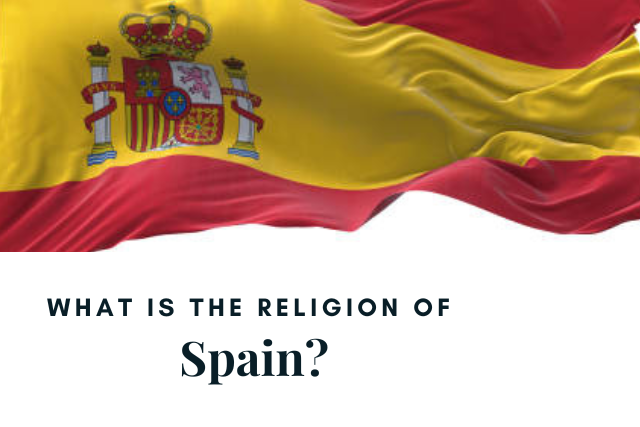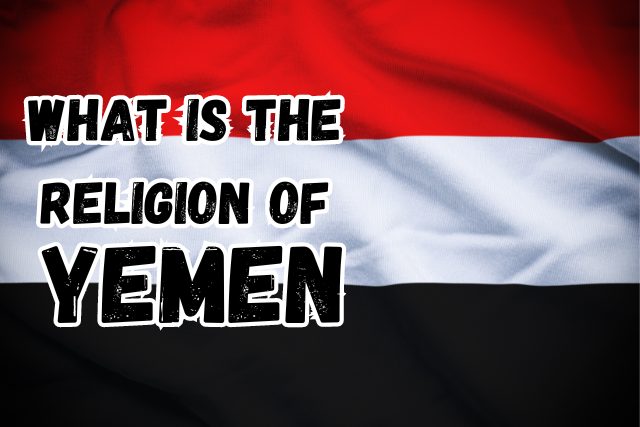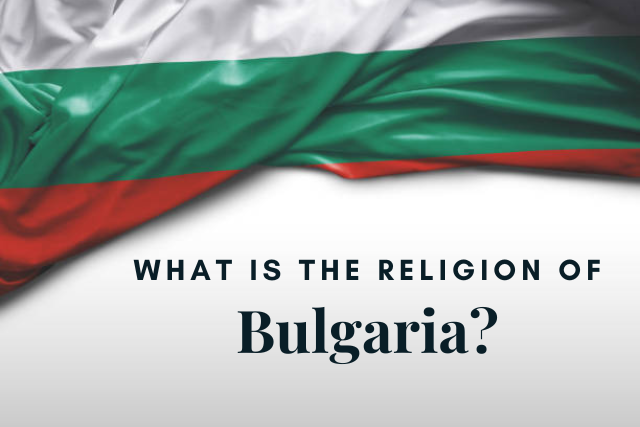What is the Religion of Estonia
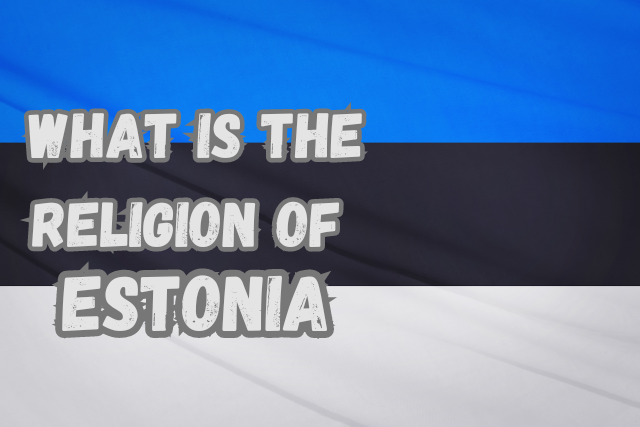
Welcome to the enchanting landscapes of Estonia, where the interplay of nature and spirituality defines a unique religious identity. Today, I’ll uncover the ancient echoes of indigenous traditions that resonate through time—harmonizing with the influences of historical events and contemporary expressions of faith.
Estonia’s religious narrative unfolds as a captivating journey through its rich cultural tapestry. From the serene lakeshores to the historic sites that punctuate the landscape, each holds a story of spiritual evolution.
Let’s unravel the threads of faith that weave through the fabric of this Baltic gem. It offers insights into Estonia’s distinct and evolving spiritual mosaic. Ready for a revealing exploration of Estonia’s soul? Let’s embark on this illuminating journey together.
Lutheranism
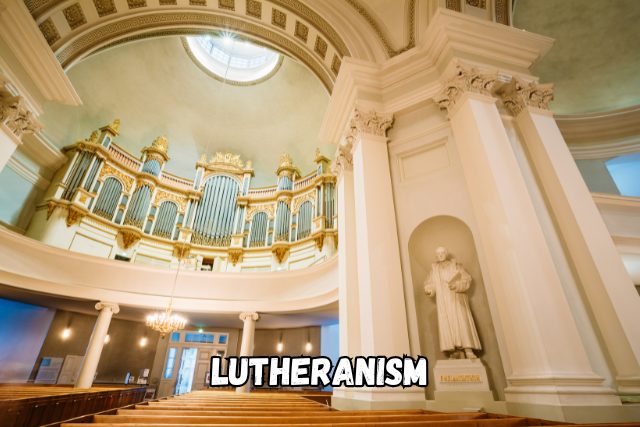
Lutheranism has a historical and cultural significance in Estonia, particularly due to the influence of the Reformation. Lutheranism remains one of the dominant Christian denominations in the country, serving as a spiritual anchor for many.
Reformation Impact
The Reformation, led by Martin Luther in the 16th century, reached Estonia and contributed to a shift in religious allegiance. Lutheranism gained traction, offering an alternative to the prevailing Catholicism and shaping the spiritual identity of the Estonian people.
The Evangelical Lutheran Church of Estonia
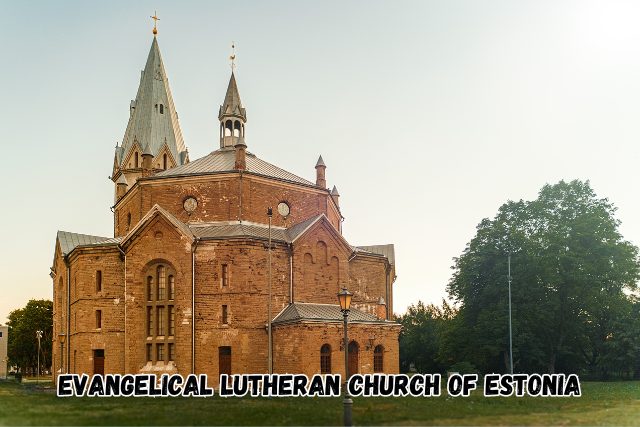
The Evangelical Lutheran Church of Estonia stands as a central institution for Lutheran believers in the country. With its rich history and cultural significance, the church plays a crucial role in shaping religious practices. It fosters community and preserves the Lutheran tradition.
Throughout Estonia’s complex history, the Lutheran Church has demonstrated resilience. It weathered challenges during periods of foreign rule. Including the Swedish and Russian occupations, and continued to be a steadfast religious anchor for many Estonians.
Religious Practices
Lutheran worship in Estonia involves a blend of traditional liturgy, hymns, and rituals. The church serves as a space for congregational gatherings, prayer, and the observance of sacraments.
Lutheranism’s influence extends beyond religious practices, permeating Estonian culture and societal norms. It has contributed to the formation of a cultural identity that intertwines faith with historical narratives.
Eastern Orthodoxy

Eastern Orthodoxy is notable in Estonia, especially among the Russian-speaking minority. The Estonian Apostolic Orthodox Church, an autonomous Eastern Orthodox Church, reflects the historical ties between Estonia and Russia. The Orthodox community contributes to the religious diversity of the nation.
Eastern Orthodoxy has left an indelible mark on Estonia’s religious and cultural landscape. Especially within communities with historical ties to Russia. The presence of Eastern Orthodoxy in Estonia can be traced back to various periods of influence. It shapes the spiritual identity of those who adhere to this branch of Christianity.
Russian Cultural Influence
The influence of Russian culture has played a significant role in the propagation and preservation of Orthodox traditions in Estonia. Historical connections to Russia have fostered a sense of continuity among Orthodox communities.
Estonian Apostolic Orthodox Church
The Estonian Apostolic Orthodox Church, as an autonomous Eastern Orthodox Church, represents Orthodox Christians in Estonia. It serves as a focal point for worship, community gatherings, and preservation of Eastern Orthodox traditions.
Eastern Orthodoxy is known for its rich liturgical traditions, iconography, and elaborate rituals. The Estonian Apostolic Orthodox Church incorporates these elements. It provides a spiritually enriching experience for its adherents.
Religious Practices
Worship in the Eastern Orthodox tradition often centers around the Divine Liturgy, a communal celebration of the Eucharist. Sacraments such as baptism, chrismation, and the sacrament of confession are integral parts of Orthodox religious practices.
The use of icons holds special significance in Eastern Orthodoxy. Churches and homes often display icons depicting sacred figures and scenes as windows into the divine.
Cultural and Historical Challenges
Similar to other religious traditions in Estonia, Eastern Orthodoxy faced challenges during the Soviet era. Churches were repurposed, and religious practices were curtailed, impacting the continuity of Orthodox traditions.
Following the restoration of independence in 1991, there has been a resurgence of Eastern Orthodoxy in Estonia. Places of worship were reopened, and religious freedom was reinstated, revitalizing Orthodox communities.
Secularism

Estonia stands out as one of the most secular countries in the world. A considerable portion of the population identifies as non-religious or atheist. It emphasizes a separation between religious institutions and public life.
Foundations of Secularism
Secularism shapes the nation’s identity and influences its cultural, political, and legal spheres. The principles of secularism are deeply rooted in historical experiences.
Moreover, the historical backdrop of Soviet rule significantly impacted Estonia’s religious landscape and contributed to the rise of secularism. During this period, atheism was actively promoted, and religious practices were suppressed, leading to a decline in religious adherence.
After regaining independence in 1991, Estonia underwent a post-Soviet renaissance. This era saw the restoration of religious freedom and the resurgence of various religious expressions. Despite this, the legacy of secularism continued to shape the nation’s collective mindset.
Dominant Trends
A significant portion of Estonia’s population identifies as non-religious or holds no formal religious affiliation. This trend is reflected in the country’s social norms, with many individuals prioritizing secular values in their daily lives.
Estonia maintains a clear separation between church and state. This separation is enshrined in the constitution. It emphasizes the autonomy of religious institutions while preventing undue influence in political affairs.
Challenges and Opportunities
Secularism in Estonia presents both challenges and opportunities. A continuous effort is made to maintain traditional religious practices while embracing modernity.
Estonia’s commitment to inclusivity involves creating policies that respect diverse beliefs. This includes recognizing the rights of religious communities while safeguarding the autonomy of secular institutions.
Religious Freedom
Estonia is known for its commitment to religious freedom. The Constitution guarantees the freedom of religion. It allows individuals to practice any faith or none at all without fear of discrimination.
In addition, Estonia is characterized by the peaceful coexistence of various religious traditions. Religions such as Christianity, Islam, Eastern Orthodoxy, Lutheranism, and indigenous beliefs all play a part in fostering a sense of pluralism and inclusivity.
However, religious organizations in Estonia are required to register with the government to obtain official recognition. This registration process allows religious institutions to operate autonomously while adhering to legal regulations.
Final Thoughts
Estonia’s religious landscape is a vibrant mosaic. It reflects a journey from pagan roots to a diverse array of faith expressions. Lutheranism, Orthodox Christianity, and various denominations coexist in Estonia. The country embraces pluralism and individual freedom of belief. A flourishing secular and non-religious community also thrives. This embodies Estonia’s commitment to diversity.
As the nation navigates tradition and modernity, its religious tapestry is a testament. It reflects cultural resilience and openness to diverse expressions of faith and spirituality.
FAQs
What is the Religion of Estonia?
Estonia is characterized by a prevalent secularism, with a significant portion of the population identifying as non-religious.
Is Christianity growing in Estonia?
Christianity, particularly Lutheranism, has historical significance, but Estonia is predominantly secular. The growth of Christianity is relatively modest compared to other religious trends.
How many Muslims are in Estonia?
Muslims constitute a small minority in Estonia, with their presence contributing to the country’s religious diversity. Exact numbers may vary but are not substantial in proportion to the population.
Are there Christian denominations in Estonia?
Yes, Lutheranism holds historical significance, and there is a notable presence of Eastern Orthodoxy, contributing to religious diversity.
Is there religious freedom in Estonia?
Estonia guarantees religious freedom through constitutional provisions, ensuring the right to practice, profess, and change one’s religion.


